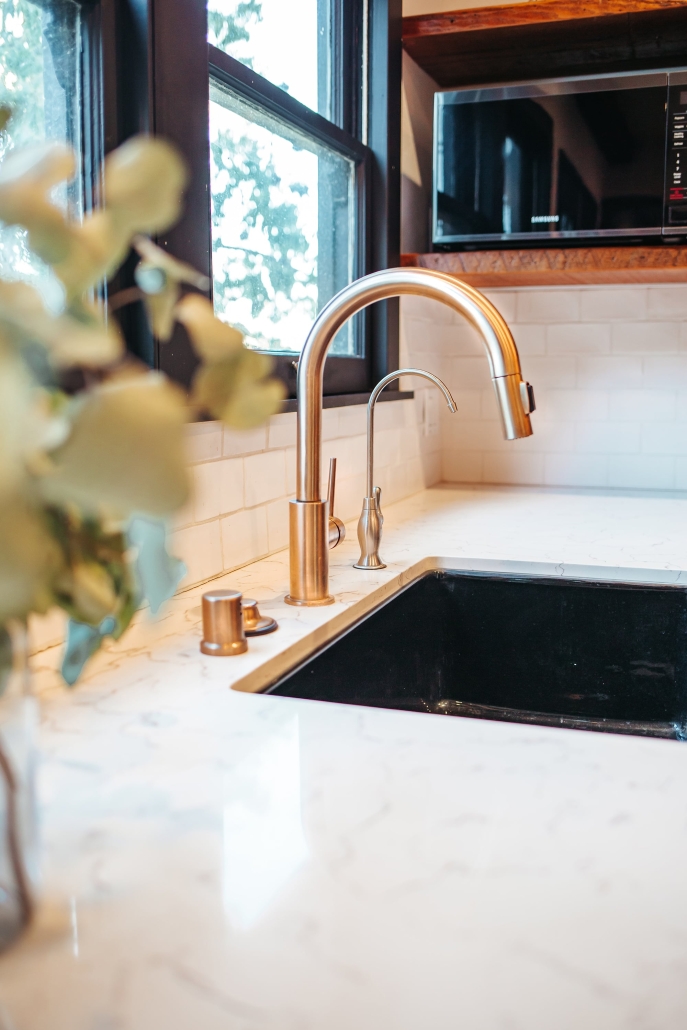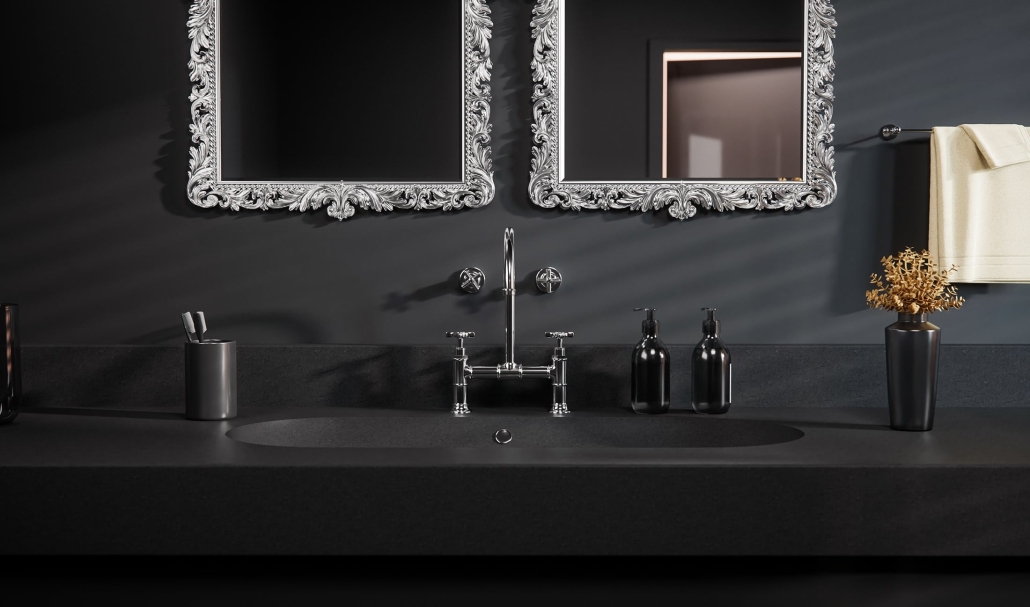What Every Homeowner Should Know About Plumbing Maintenance
What Every Homeowner Should Know About Plumbing Maintenance. Plumbing maintenance is an essential part of home ownership. Neglecting proper plumbing upkeep can lead to several costly problems that can be difficult and expensive to repair. Homeowners need to know the basics of plumbing maintenance to protect their homes and wallet from avoidable damages.

The first step of plumbing maintenance is prevention. Preventive measures such as cleaning drains, removing debris from gutters, and checking pipes regularly are important ways to avoid common clogs, leaks, and other damage. Homeowners should also be aware of water pressure levels in their homes, as high water pressure can cause pipe damage over time.
Homeowners need to understand the different types of materials used in plumbing systems, too. Various pipework will have different thresholds for temperature, pressure, and chemical composition – all things which must be considered when performing maintenance on plumbing systems. For example, brass fittings can corrode with exposure to chlorine over time; steel piping must be protected against corrosion; PVC piping should not come into contact with temperatures above 140°F; copper piping is vulnerable to pinhole leaks if exposed to acidic water; galvanized pipes may need replacing after as little as 15 years due to rusting; and PEX tubing needs protection from UV light exposure if it’s installed outdoors. Knowing the type of material used in your plumbing system is vital for proper maintenance protocols.
When performing repairs or replacements on a home’s plumbing system, they must be done correctly so there are no leaks or compromised seals that could cause further problems. It’s best practice for DIYers trying their hand at repairs or replacements themselves to consult with a qualified plumber beforehand, so they understand the steps required for a successful job.
Finally, homeowners should know that some fixtures may require replacement over time due to wear-and-tear or outdated technology. Toilets older than 15 years old use significantly more water than modern models do and should be replaced if possible; showerheads also become clogged or corroded over time, requiring periodic replacement; faucets may eventually start leaking or become stuck due to hard mineral deposits or corrosion build-up inside the aerator screen; old valves may leak due to worn parts needing replacement; and tankless water heaters may need descaling every 2-3 years depending on local conditions like the hardness of tap water (mineral deposits) in the area they’re located in. Keeping track of components in our homes that require regular maintenance is one way to ensure our homes remain safe and efficient throughout the year – saving money and protecting against unnecessary damages over time!





